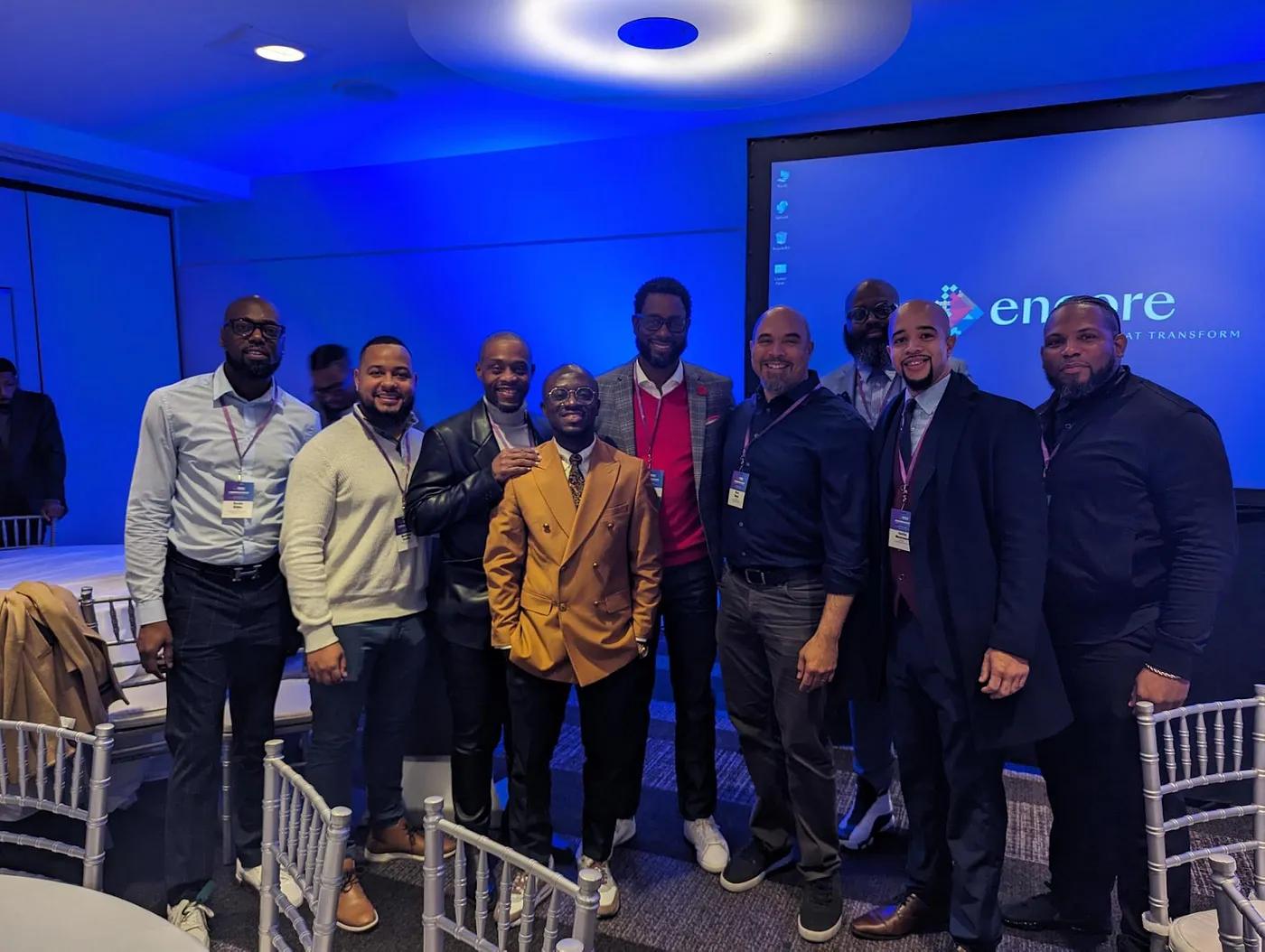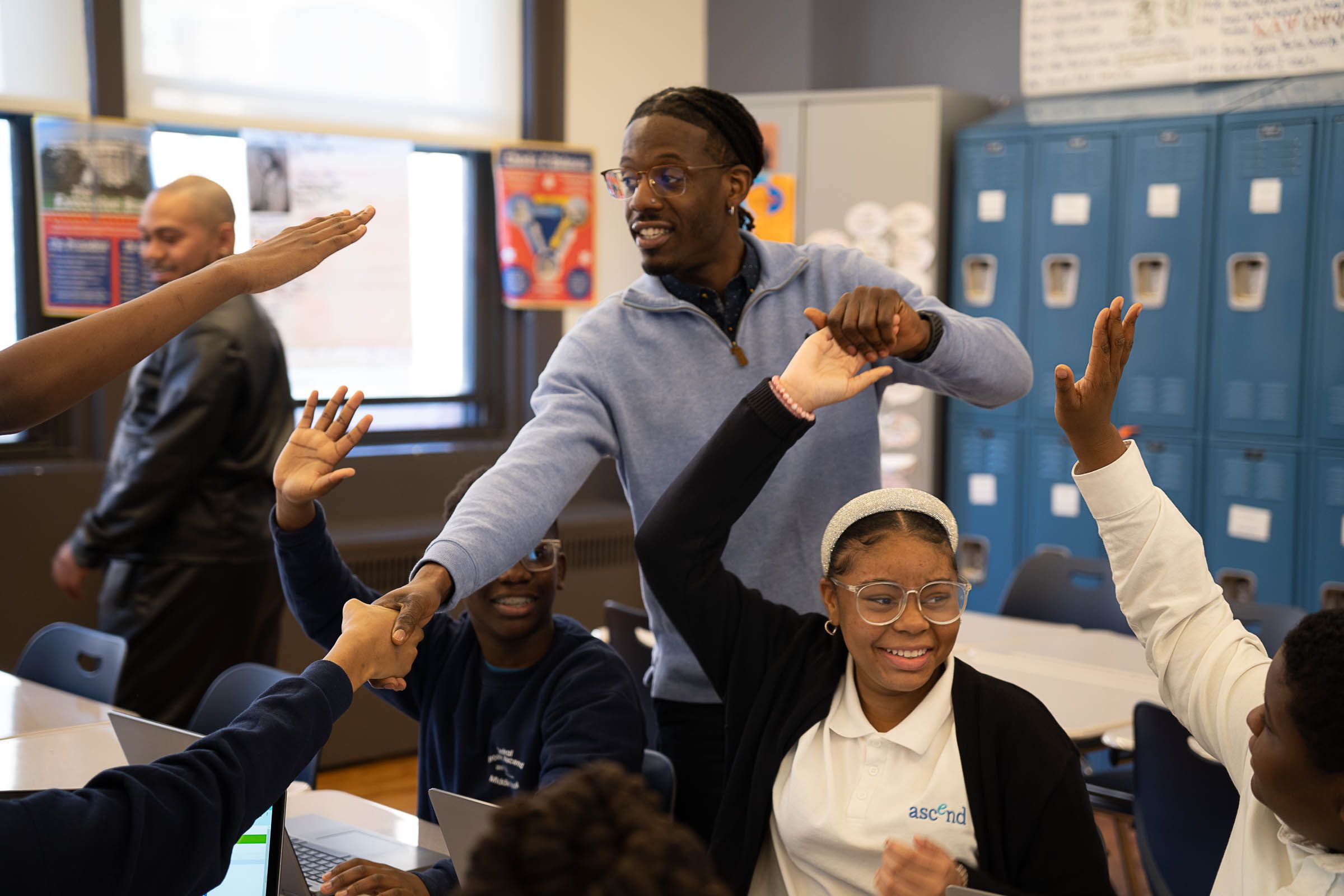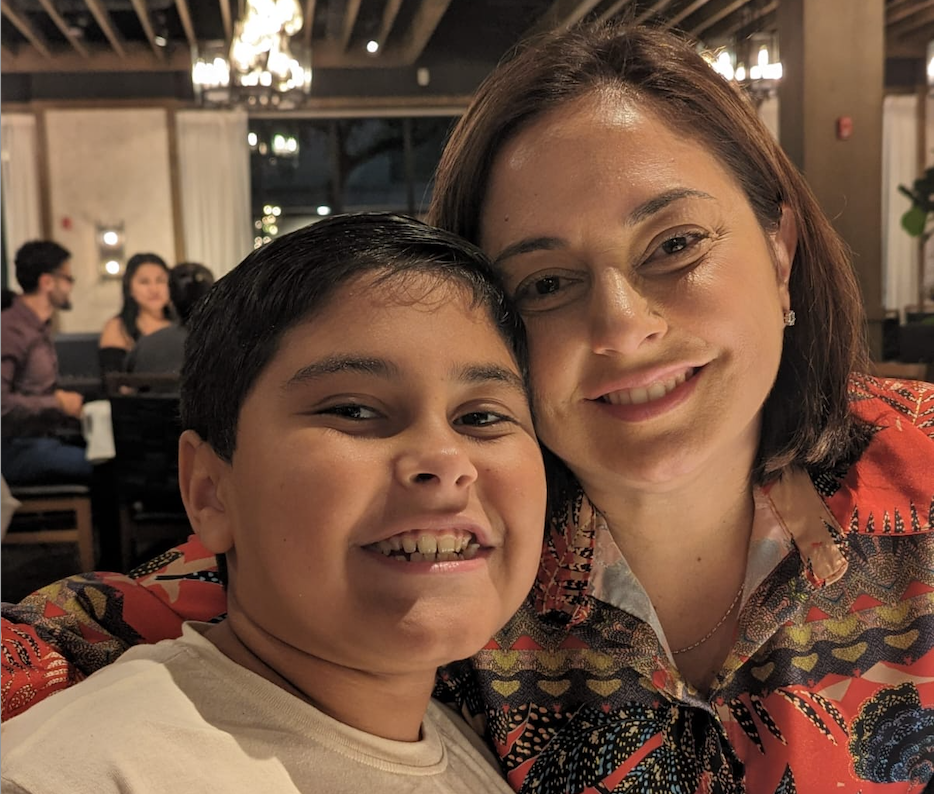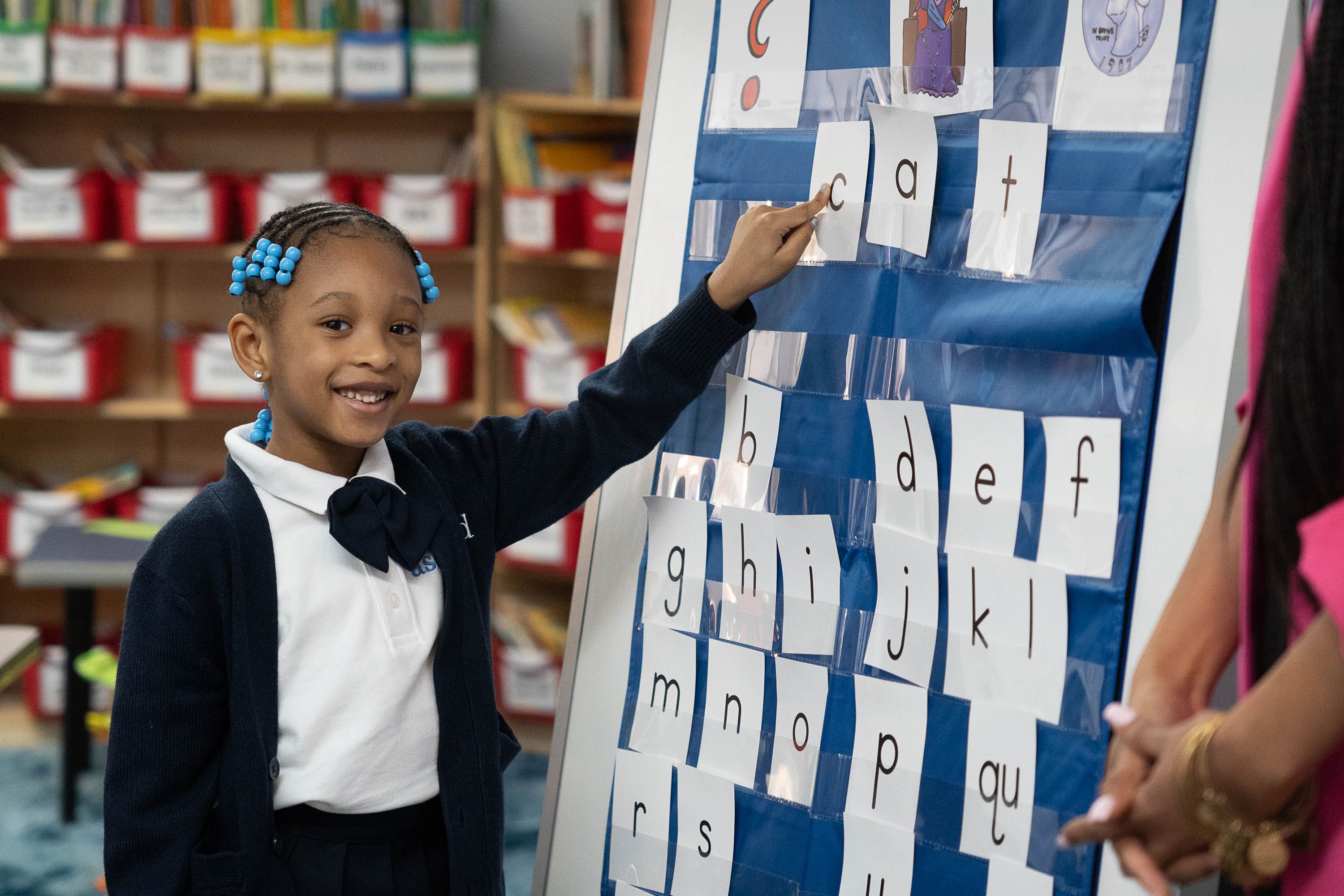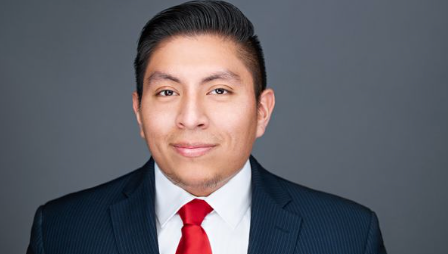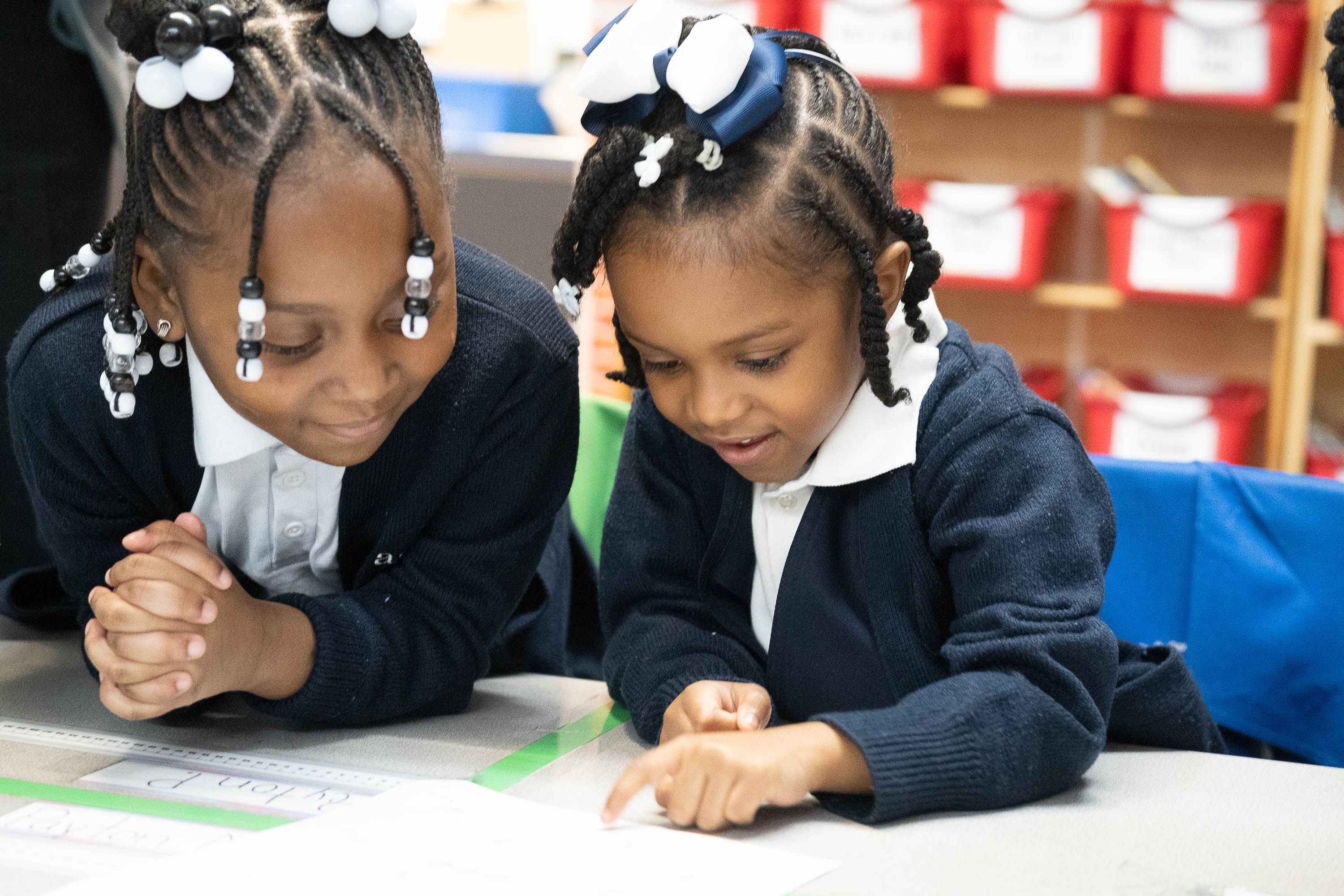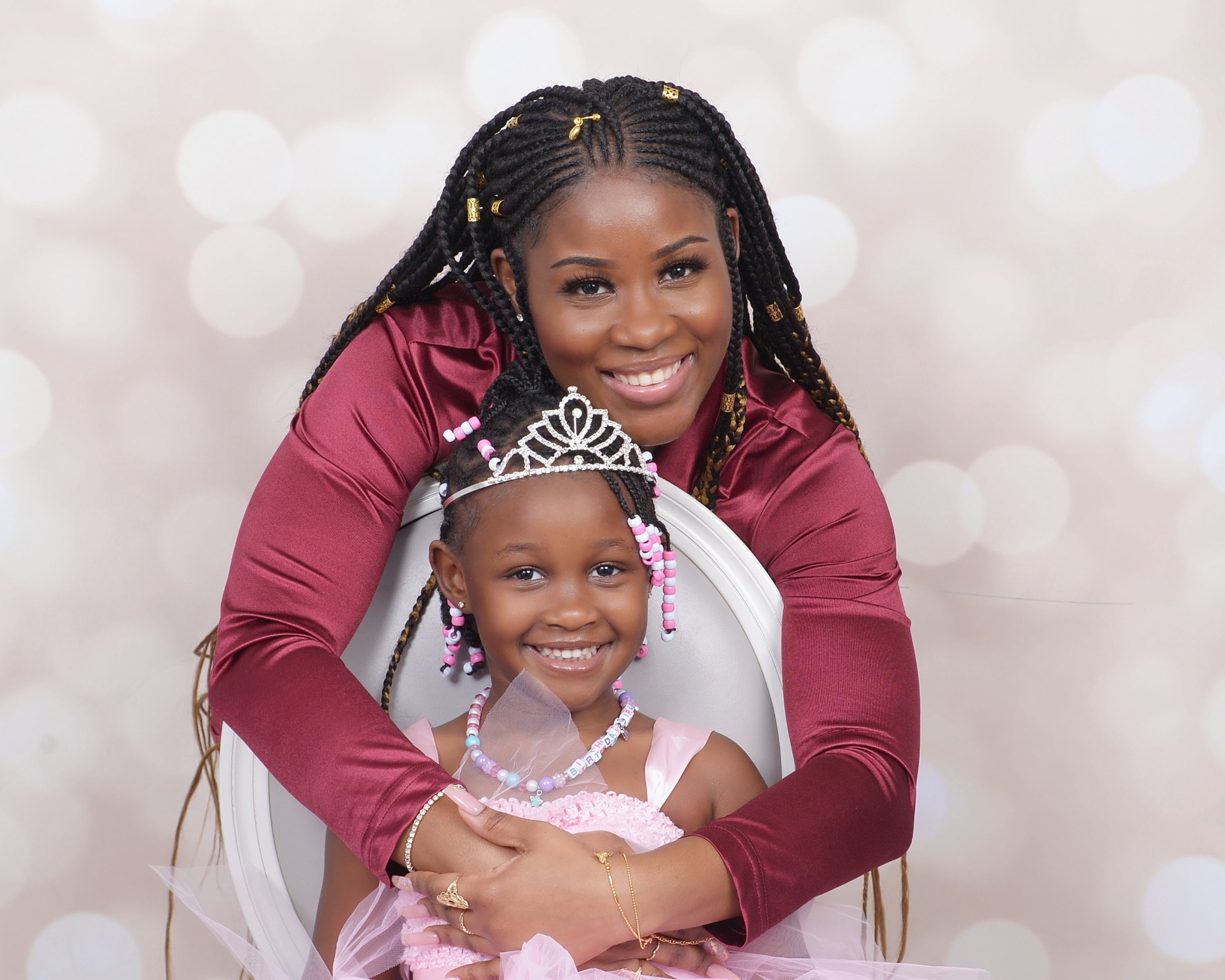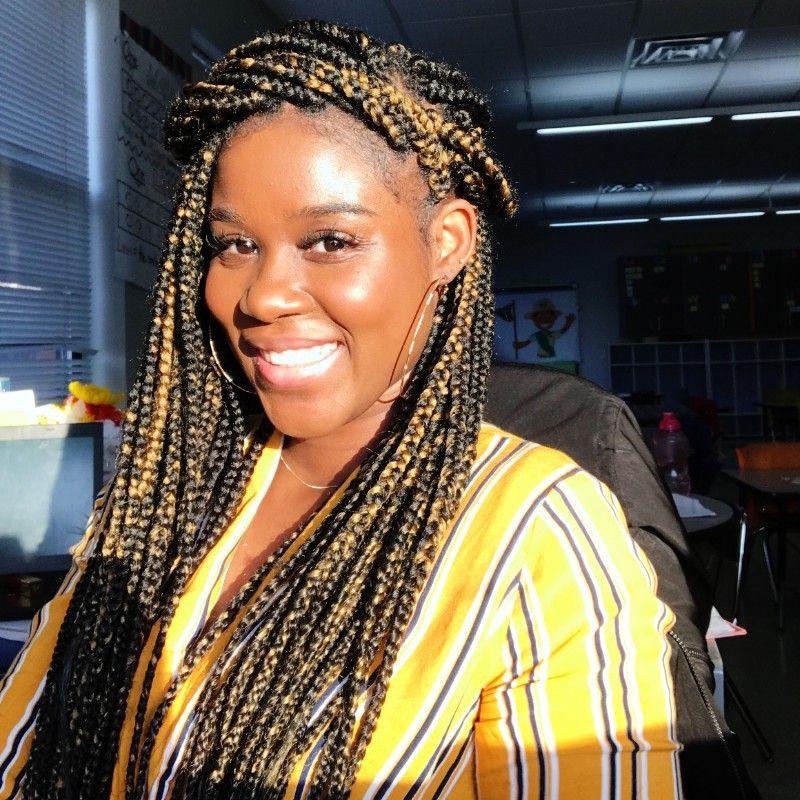Join us for an upcoming Open House and Apply today!
Join us for an upcoming Open House and Apply today!
N.Y.C. Schools Reimagine Reading This Fall to Fix Dismal Literacy Rates
Troy Closson
September 7, 2023
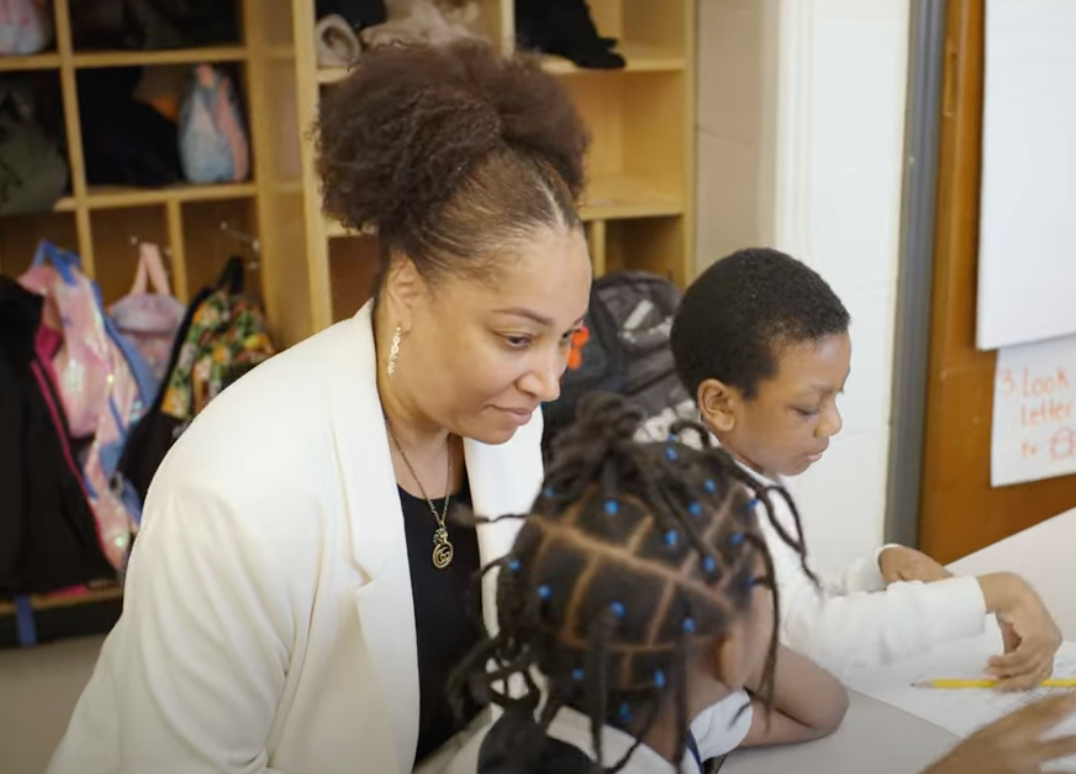
Access the NY Times article here.
From Brooklyn to the Bronx, posters encouraging students to “skip the tricky word” or “look at the picture” as they read have been pulled from bulletin boards.
Many elementary school shelves are now stacked with new books that use same-sounding words, emphasizing the repetition of similar letter patterns.
And scores of teachers are about to try out new lesson plans — all part of a massive overhaul of how children in the nation’s largest school system learn to read.
As New York City public school students return to school on Thursday, arguably the most far-reaching policy initiative of Mayor Adams’s administration is getting underway. The goal is to boost outcomes in a system where about half of third to eighth grade students are not proficient on state reading tests. Black and Latino children fare even worse.
On Thursday, the schools chancellor, David C. Banks, will visit P.S. 121 Throop in the Bronx, part of a district that will begin using EL Education, one of three city-sanctioned curriculums that officials have required schools to choose from as part of the new plan.
This fall, about half of the city’s 700 elementary schools will adopt or continue one of the approved programs; the rest are preparing to make changes next year. The city’s first district school for children with dyslexia will also now open after a yearslong push from families, starting with about 70 second and third grade students.
“We have gotten this wrong in New York and all across the nation,” Mr. Banks said about reading instruction in a briefing with reporters before the first day of school.
As the system transitions, it will also be dealing with tremendous loss: Some 810,000 K-12 students and 90,000 preschool children are now enrolled, down from more than a million a decade ago, after tens of thousands of pupils left New York City in recent years.
Many teachers have spent several days in training since the spring getting ready to begin their first units, and are expected to receive coaching two or three times a month this year. Among other things, some will be switching from asking students to choose their own stories for independent reading, a common feature of previous lesson plans, to doing small-group exercises around a single book or excerpt.
Some schools have had a head start, including P.S. 132 Ralph Bunche in Queens, which moved to Into Reading — the curriculum that 13 out of 15 districts will adopt this fall — during the pandemic.
April Rose, a longtime teacher at the school, said the transition was tough. The breadth of material in the curriculum was initially overwhelming for many on staff, and its writing components felt too disjointed, leading the principal to later bring in another program.
Still, Ms. Rose said, there have also been reasons for optimism.
“The kids are interested in the stories now,” Ms. Rose said. “They’re not tapping out like they use to, and we’re tackling more skills.”
New York City schools will face a host of other challenges this year, including a potential school bus driver strike this fall that could disrupt service for more than 80,000 children.
Students are also still recovering from academic and emotional setbacks in the pandemic, and the system has only about one more year before billions in federal pandemic relief dollars end. And while some 19,000 students in temporary housing — the vast majority of whom are migrant children — have enrolled since last summer, many schools remain ill-equipped to support them.
“We still have a shortage of bilingual teachers, educators and social workers,” Liza Schwartzwald, who works on education issues at the New York Immigration Coalition, said at a Tuesday news conference.
It also remains unclear how officials will support the system’s many older students who are behind in reading, a group that includes thousands of pupils. The group is not addressed in the city’s current curriculum mandates. When asked on Wednesday, Carolyne Quintana, the deputy chancellor of teaching and learning, did not say whether similar requirements would be made for middle or high schools, but added that struggling pupils in those grades will still have access to support.
Schools outside the chancellor’s purview are taking steps to improve reading instruction, too.
Ascend, a network of charter schools in eastern Brooklyn, will start new reading curriculums this fall for about 6,000 students. This summer, all teachers and school leaders were taught about the brain science of how children learn to read, including the skills — like vocabulary and a broad knowledge of the world — that they need to build.
The network had long used a different approach, known as balanced literacy, that focused on fostering a passion for books but that did not always prioritize the decoding of words. Danique Day, the network’s chief schools officer, said some children were lagging behind, and it was tough to track their progress in core skills.
“We taught kids about the love of reading and how great books were. But the two have to go hand in hand,” Ms. Day said.
Share
Other Articles
© Ascend Public Charter Schools 2024
